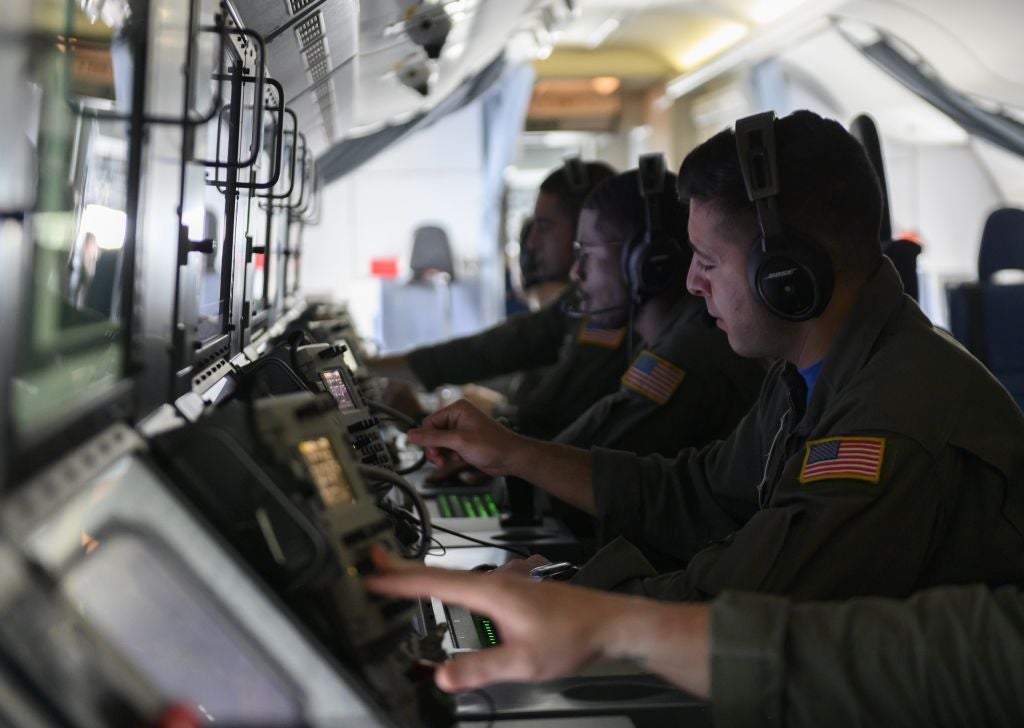
Announced 4 March, Boeing and CAE signed teaming agreements to increase multi-mission platform collaboration in Canada, Germany, and Norway. Through these arrangements, the P-8A Poseidon programme will receive improved managerial, technological, and cost-effective training options that take advantage of each company’s complementary strengths.
The P-8A Poseidon maritime surveillance aircraft is a next-generation maritime surveillance, long-range anti-submarine, and anti-surface warfare aircraft, derived from the Boeing 737 Next-Generation airframe.
According to Torbjorn Sjogren, vice president of Boeing and general manager of Government Services, “these agreements aim to advance mission readiness for defence customers operating Boeing P-8 aircraft.”
Together, Boeing and CAE are able to provide outcome-based teacher training, repair ground school, in-service assistance, and pilot and team training when required.
CAE is a part of the Canadian P-8 industrial footprint, which expands on the platform’s 81 Canadian partners, as a member of Team Poseidon in Boeing’s Canadian Multi-Mission Aircraft (CMMA) offering.
For more than ten years, CAE has supported the Royal New Zealand Air Force, the Royal Air Force of the United Kingdom, and the US Navy by providing active flight trainees on the Boeing P-8A aircraft.
P-8A Poseidon delivers surveillance capabilities
The design of the aircraft is rooted in the well-established fuselage of the 737-800 and the wings of the 737-900, but the P-8A aircraft has a higher gross weight capability when compared to the 737-800.
The P-8A is equipped with two high-bypass turbofan engines, CFM International CFM56-7B27A models, with a power rating of 120kN each.
Located beneath the forward section of the fuselage is the internal weapons bay. The wings of the 737-900 model have been designed with hardpoints that can be utilised for carrying air-to-surface missiles.
The integral bomb bay of the aircraft is capable of carrying a variety of armaments, including free-fall bombs, Raytheon Mark 54 torpedoes, and depth charges. Underwing hardpoints have been fitted with air-to-surface missiles.
The aircraft is fitted with Raytheon’s upgraded APS-137D (V) 5 maritime surveillance radar and SIGINT system, later redesignated the as AN/APY-10, mounted in the aircraft’s enlarged nose fairing.
The AN/APY-10 radar is a highly advanced technology that enables the synthetic aperture radar (SAR) mode capability for a range of applications. These include imaging, detection, classification, and identification of stationary ships and small vessels, as well as coastal and overland surveillance.
The P-8A aircraft is also equipped with the advanced integrated magnetic anomaly detection (MAD) system developed by CAE. EDO Corporation is currently developing a rotary sonobuoy launcher with pneumatic ejection for the aircraft. Northrop Grumman’s Information Technology Division, located in Herndon, Virginia, is currently in the process of developing the data links.








